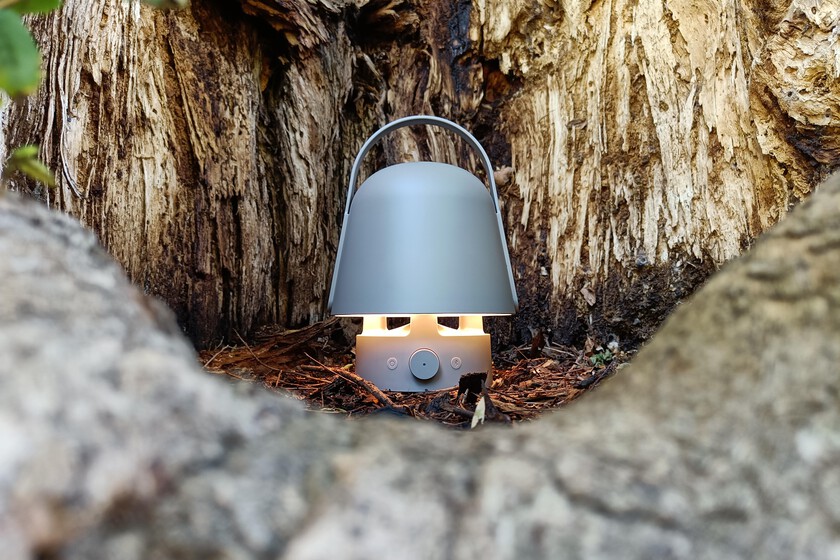
With the iPhone 14, the Pro models have significantly more new functions than the standard devices. But that should only have been the beginning.
The analyst Ming-Chi Kuo gives those interested in iPhone little hope that the standard iPhone models will catch up with the Pro devices in future model generations. On the contrary: For the iPhone 15, he even expects Apple to plan larger differences in the range of functions between the iPhone 15 Pro and iPhone 15 Pro Max. The manufacturer wants to encourage potential buyers to spend more money.
With the iPhone 14, Apple has already widened the gap between the standard and Pro versions of the iPhone: while the iPhone 14 and iPhone 14 Plus have the A15 chip from the previous year, which Apple says has been slightly improved, the iPhone 14 Pro and in iPhone 14 Pro Max the latest A16. Before the iPhone 14, Apple’s new smartphone generations had the latest chip in both standard and Pro models.
The feature gap continues to widen
There are also clear differences in appearance and cameras: the Pro models have the new Dynamic Island, while the standard models continue to use the notch. In the Pro there is also an always-on display, in the standard models it remains with the old display. The differences in the camera, on the other hand, have a long tradition. With the 48-megapixel image sensor in the Pro devices, there is something up there too, while the standard model, for example, still does not offer an optical zoom.
Kuo, who, as an analyst for the financial consulting firm TF Securities in Taiwan, has good contacts in the Asian supply industry, now reports that the differentiation is being expanded even further. He also refutes suspicions that Apple’s reuse of the A15 chip could be the result of the lack of chips or the supply chain problems resulting from the corona pandemic.
Instead, he assesses the situation as Apple adopting a precise product segmentation strategy in order to increase the average selling price of the iPhone. In the saturated market, according to Kuo, growth should no longer be achieved primarily by opening up new markets or additional sales, but rather by existing customers choosing the more expensive model when making a new purchase.
Play with the accoutrements
Playing with the different configurations of iPhones has long been a tradition at Apple. Already with the iPhone 6, the manufacturer began to not only provide the Plus models with a larger screen, but also with additional functions such as optical image stabilization (6 Plus) or a telephoto camera (7 Plus) to buy the more expensive model motivate. After the iPhone X, which stood on its own and was only flanked by the cheaper iPhone 8 as an alternative, today’s division slowly emerged with the iPhone XS and iPhone XR. With the iPhone 11, Apple introduced the division between initially one standard and two Pro models. Since the iPhone 12, there have been two Standard and two Pro models.




